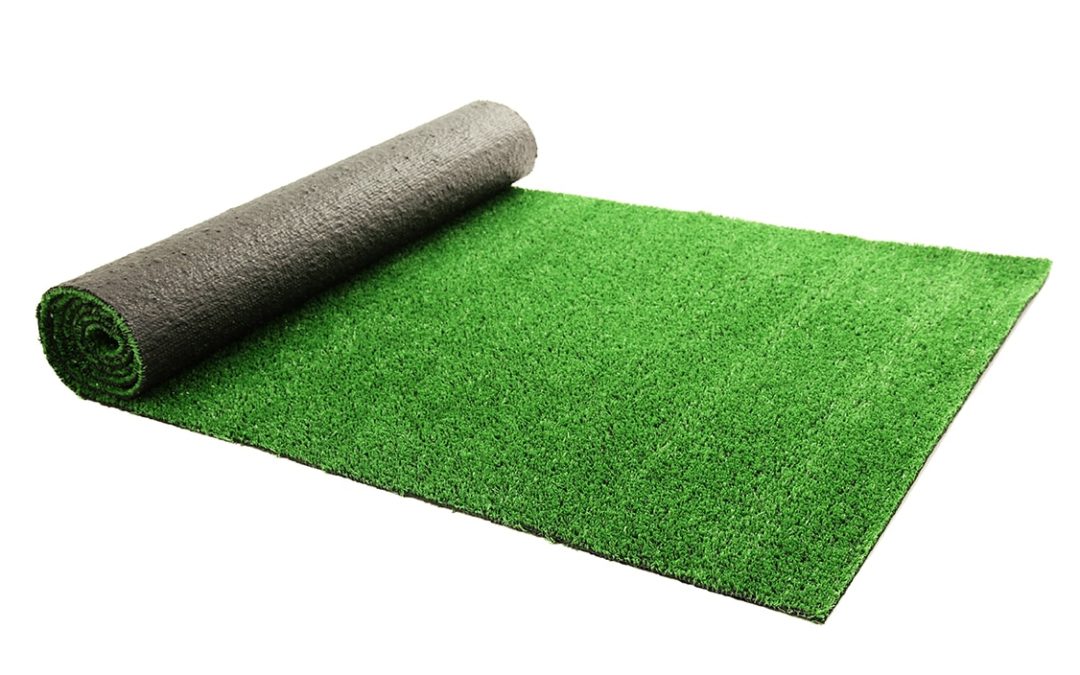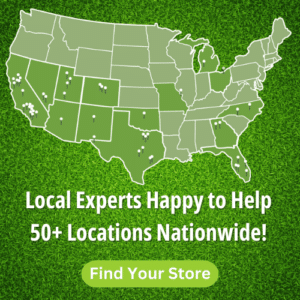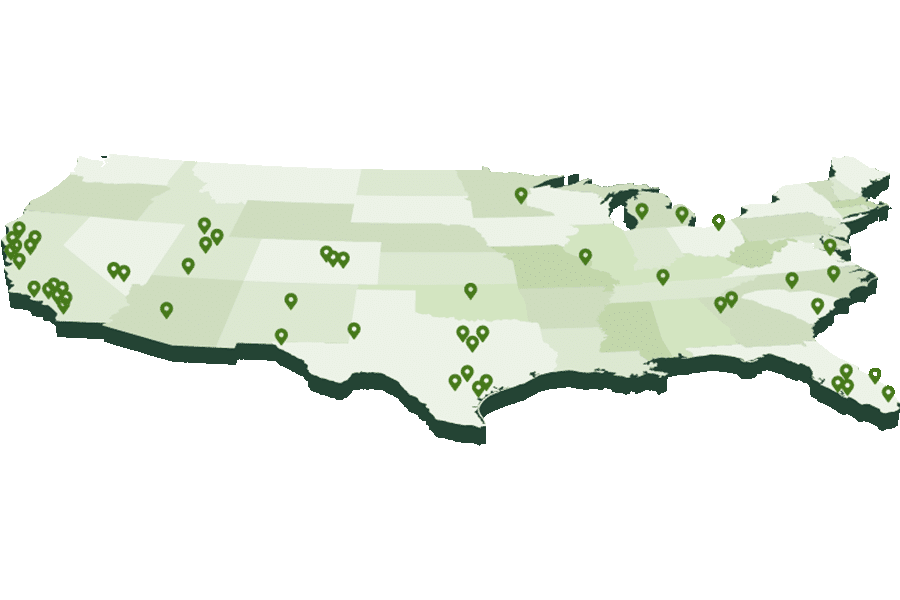It’s just about that time of year again, when the focus begins shifting from indoor to outdoor home improvement projects. As temperatures begin to rise, it’s natural to start thinking about possible lawn and garden projects to brighten up your outdoor living space.
However, the amount of time, effort and money that goes into natural lawn care can sometimes be overwhelming. By replacing your natural lawn with artificial grass, you can cut down considerably on the amount of upkeep needed to maintain a beautiful-looking lawn and garden.
Adding Color and Life
Having an artificial lawn doesn’t mean you have to sacrifice when it comes to adding vibrant colors and refreshing decor to your landscape. You can still create stunning gardens to complement your synthetic lawn by planting real flowers, plants, and shrubs in and around your artificial grass.
1. Plant Annuals and Perennials
By planting a combination of annual and perennial flowers, you can keep your landscape colorful all year long. Vinca, for example, is a brightly colored annual that blooms in a variety of shades of pink and purple starting in early summer and all the way through to early winter.
For warmer climates, perennials are a great option, since most are prone to freezing during winter. Vinca major is a popular perennial among gardeners, as it can grow to 18 inches, spreads easily, and blooms with blue flowers in spring.
2. Choose Low-maintenance, Drought-tolerant Plants
“Nationwide, landscape irrigation is estimated to account for nearly one-third of all residential water use, totaling nearly nine billion gallons per day.” Whether you live in a dry climate, or are just trying to be water conscious, a synthetic lawn accented with water efficient plants can save you money and time on your landscaping efforts.
The powderpuff, for example, is a low-maintenance plant that flowers almost all year-long, blooming with lovely pink, “powderpuff-like” flowers. This drought-tolerant perennial worships the sun, can be easily pruned, and works well as a border plant for your garden.
Bee balm is a bright, colorful and fragrant flower that attracts butterflies, bees and hummingbirds to your flower garden, and grows quickly in optimal conditions. These tall perennials bloom during the hottest part of the summer, when the air is driest and the color from other plants and flowers has started to fade.
3. Add Water and Stone
Along with choosing the right plants and flowers, you can also add stone elements, like rock walls, fences and stone paths to break up the monotony of green. Adding water elements, such as a fountain or small pond, can provide an additional element of relaxation and serenity to the area.
3. Use Trees and Shrubs
Planting trees and shrubs can also help fill your yard with variety. Choose trees that maintain leaves or needles during the winter months, such as evergreen trees, as they look great all winter long. Lantana and Turk’s Cap are great examples of shrubs that provide blooming flowers and don’t require a lot water.
When choosing flowers and other plant-life to go with your artificial lawn, it’s a good idea to choose those that are low-maintenance, just like your lawn. Set yourself up for success by keeping all aspects of your landscaping at simple as possible.
If you have questions about artificial grass and are interesting in replacing your natural lawn with a water-saving synthetic one, contact us for a free quote.





